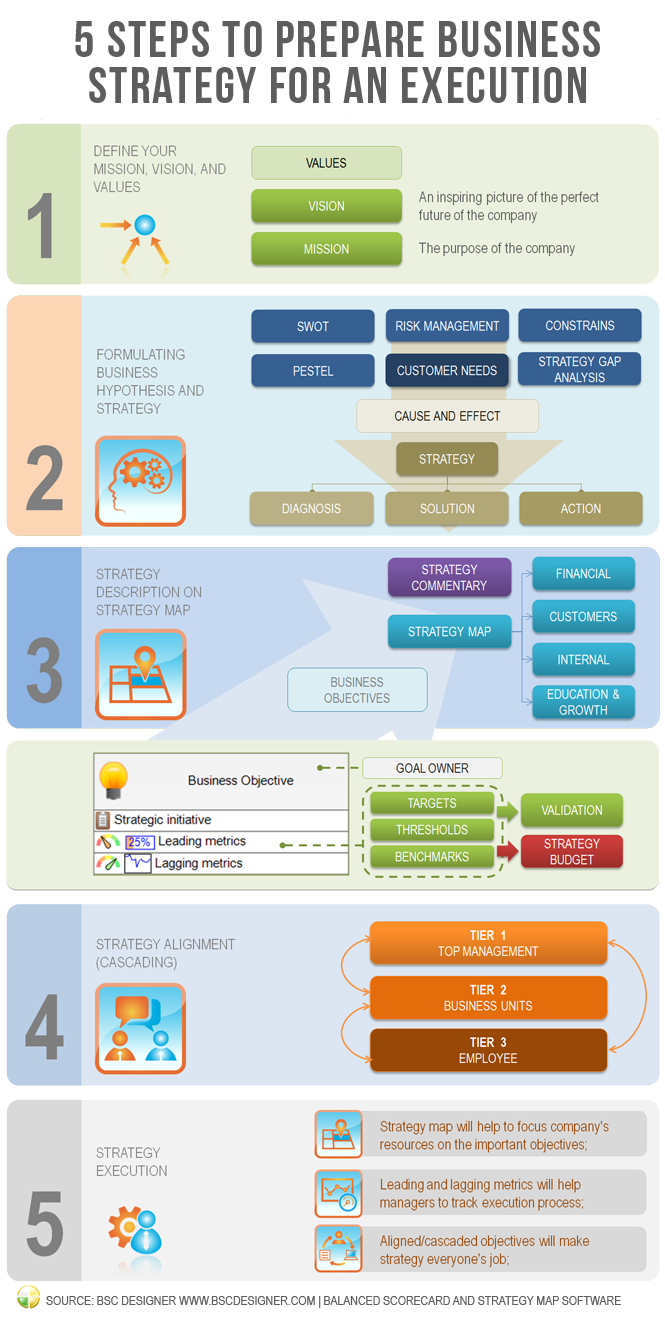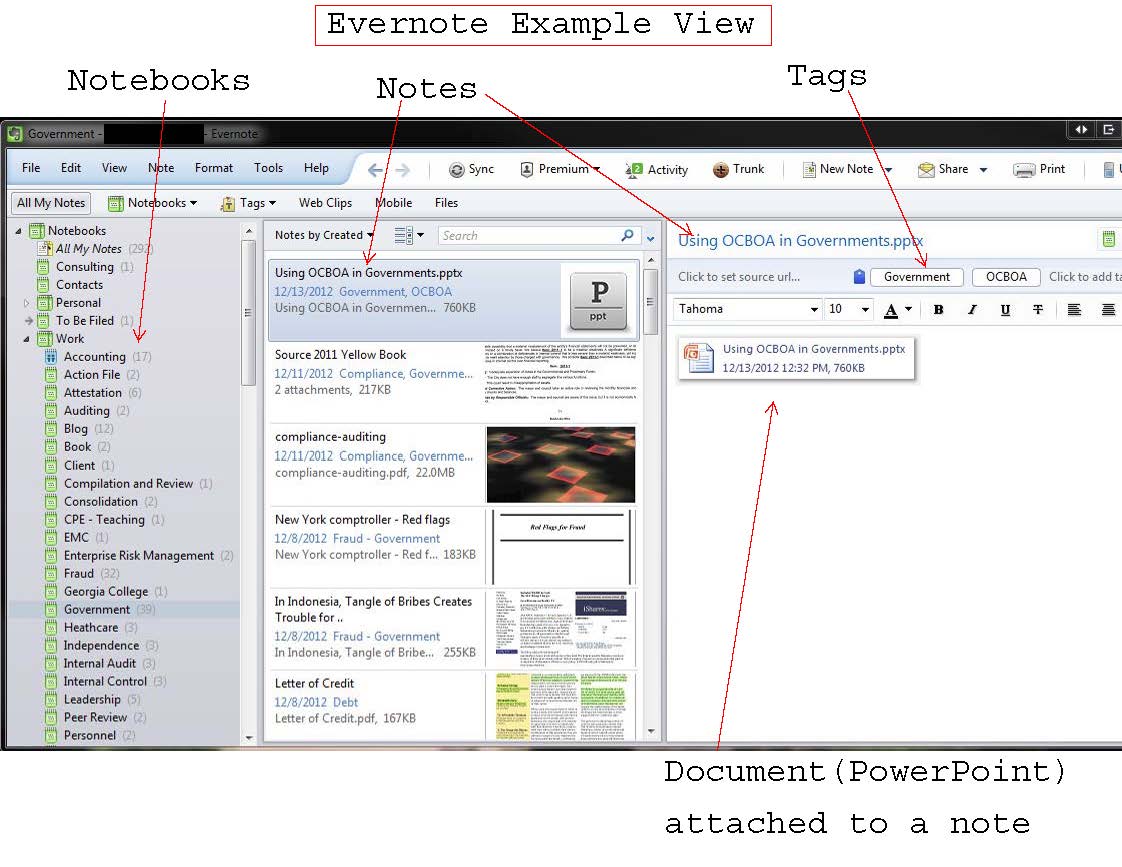Use the Evernote audio recording feature to document your meetings, so details aren’t lost in translation. Party Planning Party Planning Checklist. Food & drink list: check. Invite list: check. Where to have it: check. List your budgetary needs and guidelines so you don’t spend too much—or too. Use Evernote Business as a cloud-based document management system. Company documents are organized, searchable and securely accessible from anywhere. I'm using Evernote as project management system. My actions are organized as tags according to a 43 folders/Getting things done format. I would love to be able to display the tags on a spreadsheet to form a Gantt chart. For example, if I want to write a rough draft of a document on the 9th, I could tag it with 09. Evernote helps you capture and manage ideas, projects, memories, and to-do lists in a single place. Write notes, attach documents.
This post is also available in: Français (French)
Use Evernote as a document library when focusing on or researching a domain. Such an investigation requires lots of information, documents and references to sites. Evernote is useful as a business memory as you can store material and links easily but also comment on it.
Evernote is great for pouring out thoughts, mind-dumping, you can tag an item and file it away for a rainy day.
Use Evernote as the business memory to store business experience for analysis, and problem-solving.
Evernote acts as a central database and business memory for everything. I use it for both work and personal subjects and like to have a landing point for what I do.

I create an Evernote for a question, issue or problem and include all relevant information, and then add potential solutions (or lack of) and an indication of the direction taken.
It’s about being mindful of what is happening, of challenges to get through and is a record of activity.

Sounding board
Show hidden folder for mac. Evernote provides a base for thoughts, reflections, comments and in doing so, focuses the mind on the problem in hand. And a trace of what happened will remain after resolving the issue.
This audit trail is useful when working alone since Evernote becomes a mirror in which to reflect. A sole trader has many hats.
Recorded events enable the sole trader to record the data and stand back to analyse it. It takes the feeling out of the auto-management process and adds objectivity.
Problem Solving
Problem-solving is about expressing the idea, thinking about it, and then mobilising internal and external resources for its resolution. Evernote is the set of cubbyholes into which you can place these problems and solutions.

Background desktop for mac. The trace, the memory, is not neutral. The added value of a business is what it knows, its experience and Evernote can be used to share information on issues solved across teams.
Unstructured information
From an information systems viewpoint, Evernote generally contains unstructured data/information, as differentiated from structured transactional data such as sales, purchasing and accounting.
Evernote For Document Management
Building a business memory
Using Evernote As Document Management
Evernote helps to build the recorded business experience and therefore captures the uniqueness of a business, particularly useful in a service environment where we are always looking for the next best offering.
Evernote Document Management
A shared Evernote environment can help this R&D effort by providing sources for continuous improvement or moving new ideas into action.
Links between notes
We are used to URLs now on the internet, but Evernote provides that function on your desktop. You can refer to a piece of work or a document by a URL within Evernote. Indeed it is even shareable publicly. So this is a great boon. You can only do that in Windows Explorer by creating file://links.
Linking documents together builds valuable references. Your files are no longer isolated. Filing, tagging and linking notes help to compose posts by bringing together initially disparate data into writing.
Different types of link
1 – Add an ‘In link’ to reference a note in another.
2 – Use a reference link to include a useful source of background information.
3 – The standard inline link, referring to another note as part of a text.

Tags – the horizontal dimension
What makes Evernote interesting is the ability to tag which gives you an additional dimension with which to work. A vertical one from notebooks (like windows folders) and a horizontal one, which you don’t have with files.
Evernote as a Document Library
Google desktop was a fantastic product that indexed the local machine and provided a search box on a navigator to search by keyword just as we now do on the web. But they stopped it – why o why? Perhaps to incite people to put documents on the internet.
But having discovered that and having it so cruelly taken away, I searched for a replacement that would allow me to index my stored documents in a library and I found Evernote. It’s something Microsoft should build into their OS!
On all platforms
Evernote is on all platforms – phone, tablet, desktop and Mac.
Evernote combined with other services
A few excellent connectors to Evernote have died, notably Carddesk and moh.io. It is unclear why they were unable to find a stable business model. Organisation tool Ayoa survives in its own right and connects to Evernote, Nozbe too.
My experience of Gneo, organising tasks as an Eisenhower grid is of great potential but unfortunately not sufficiently stable technically.
A publishing platform with postach.io
Evernote As Document Management System
Publish from your Evernote document library.
One is with postach.io, a blogging platform which allows you to create a blog directly from Evernote.
Second is the shareable link. Once you share a note, it has a public URL to which you can refer anywhere on the web.
With moh.io – moh.io is dead 🙁
Evernote was much more when moh.io was around; it allowed you to connect notes visually and tag notes by dragging. Extremely useful to combine quickly notes into domains, organise notes, collect subjects. Evernote should buy it themselves.
Combined with Kanbanote
Kanbanote turns Evernote into a kanban presentation
Evernote Document Management
A note can then be opened directly from there.
Use Evernote as your document library for everything small or large.
Easily organize your company’s information
Sometimes it feels like you’re drowning in documents. Who’s got the latest version of that whitepaper? Where can you find that subcontractor’s paperwork from five years ago? And why is everyone emailing long documents to each other rather than just providing what’s important? Let’s face it—your computer’s search bar isn’t always great at, you know, finding things.
With Evernote Business, you can centralize, organize, and manage your company’s documents, spreadsheets, multimedia files, emails, and even Slack conversations. It’s a flexible way to store information in any format securely, and to make sure the right people can find it, no matter where they are. Spaces and notebooks keep things organized, while sophisticated search grammar and syntax empower teams to find what they need, when they need it. So stop digging through files and combing your network for documents. Evernote Business puts it all at your fingertips.
File management for the digital age
Businesses need ways to store, organize, share, and update their files over time. Most businesses these days rely on robust document management software. Using a digital solution reduces the need for physical document storage in file cabinets and boxes. It also improves security, regulatory compliance, document retrieval, file backup, and disaster recovery.
A good document management system (DMS) includes the following features:
Support for a wide range of document types
People work with a variety of documents every day. These include word processing files, spreadsheets, design files, PDFs, emails, images, digital notepads, audio recordings, and more. A good DMS will seamlessly capture, store, and organize all of these document types.File structure
Document management depends on organizing files in a logical manner. This may include document hierarchies and groupings, tagging, dating, and deletion protocols for outdated files.File search and document retrieval
One of the best things about digital document management is you no longer have to dig through file cabinets, hunting for a lost piece of paper. The file structure of a good DMS provides the backbone for quick file retrieval. Advanced search makes it easy to find what you need by file name, keywords, tags, file type, or dates of creation and modification.Security and file permissions
Protecting sensitive documents depends on a strong permission system and access control. Your contractors should have different permissions than your CEO, and teams may need permissions that can change as the need arises.Monitoring tools
An effective DMS allows administrators to monitor user activity—who accessed what, when, and for how long. This provides an audit trail to follow if questions arise later.Version control
Similarly, a well-designed DMS enables users to track any changes to a document and quickly recover old versions.Ease of access and sharing
People aren’t going to use a system that’s overly complex or that makes documents hard to access and share. A good DMS integrates seamlessly with the software you need to get things done—from email to word processing to customer relationship management (CRM) systems.
